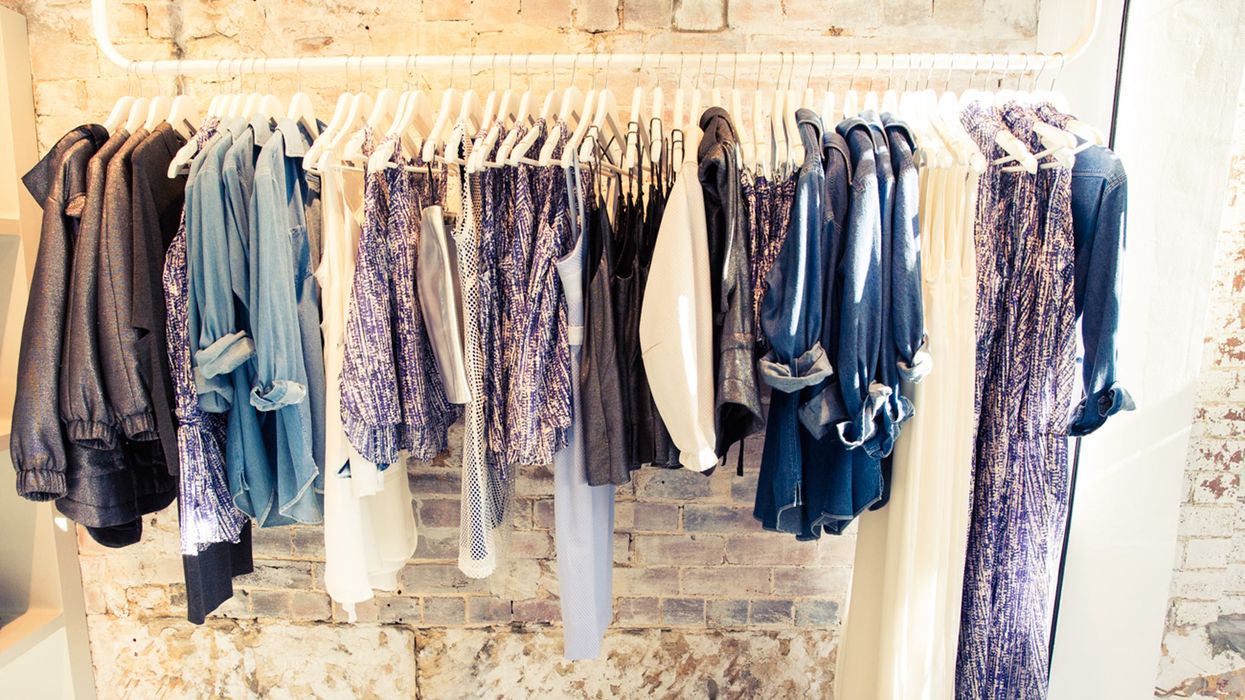How to Style Your Clothing with Boutique Fashion Finds
How to Style Your Clothing with Boutique Fashion Finds
Blog Article
Checking Out the Evolution and Effect of Apparel on Modern Fashion Trends
The advancement of clothing has actually substantially affected modern-day fashion patterns, combining historic precedents with innovative innovations. Renowned numbers like Coco Chanel and Yves Saint Laurent revolutionized the garment industry by presenting principles that focus on convenience and accessibility, which remain to resonate today. On the other hand, technical strides in locations such as 3D printing and clever textiles are redefining design possibilities and consumer experiences. In addition, the expanding focus on inclusivity and sustainability is improving sector standards. As we consider these diverse impacts, one have to wonder about just how these elements collectively redefine fashion's function in showing and forming contemporary society.
Historic Fashion Influencers
In the tapestry of fashion history, particular figures have left an enduring mark, shaping the fads and styles that specify whole ages. Coco Chanel, an innovative developer, redefined ladies's style by introducing comfy, elegant garments that departed from restrictive bodices.
Elsa Schiaparelli is another essential number, renowned for her avant-garde layouts that incorporated surrealist art, teaming up with Salvador Dalí to create whimsical items that challenged standard appearances. Her ingenious use color and strong patterns resounds in contemporary fashion. Yves Saint Laurent, meanwhile, equalized haute couture with prêt-à-porter collections, bringing path styles to the masses and establishing a precedent for contemporary ready-to-wear lines.
These dreamers, among others, not just revolutionized style in their times but likewise set withstanding trends that resonate in today's apparel industry, supplying a structure whereupon contemporary designers remain to introduce and construct. Their heritages highlight the importance of creative thinking and daring in vogue's ever-evolving story.
Technical Developments in vogue
Among the dynamic landscape of the apparel industry, technological improvements stand at the center of development, improving how designers create and consumers engage with fashion. The integration of 3D printing has reinvented layout procedures, enabling designers to try out complicated frameworks and sustainable materials that were formerly unthinkable. This innovation assists in quick prototyping, decreasing waste and quickening manufacturing times.

Smart fabrics, installing technology right into fabrics, are also transforming the sector. Innovations like self-cleaning and temperature-regulating fabrics provide improved capability and convenience. Wearable innovation, integrating features like health and fitness monitoring and communication, adds a new dimension to fashion, merging visual appeals with usefulness.
Social Changes and Design
As technical advancements remain to reshape the garment industry, cultural changes are just as prominent, redefining style and customer preferences. Recently, the surge of social media systems has accelerated the dissemination of worldwide fashion fads, permitting diverse social impacts to converge and exist together. This electronic interconnectivity has helped with the fast exchange of ideas, resulting in an extra eclectic and comprehensive interpretation of design that reflects the multifaceted nature of modern culture.
Cultural understanding and appreciation have actually motivated developers to attract ideas from a wider range of historical and ethnic contexts, integrating standard motifs with modern visual appeals. This fusion has actually resulted in fashion that reverberates with a wider audience, promoting a feeling of identification and belonging throughout various demographics. In addition, the raising demand for customization has actually driven brand names to supply adjustable options, enabling customers to express individuality while mirroring their cultural heritage.
Moreover, changing social values have actually influenced fashion, with inclusivity and variety ending up being main motifs. The market has actually started to embrace designs and influencers of various body kinds, ethnic backgrounds, and gender identities, tough standard beauty requirements. This makeover emphasizes the power of cultural changes in shaping the future of fashion, as style becomes an extra genuine expression of individual and cumulative identification.
Sustainability and Modern Design
While the style sector proceeds to evolve, the crucial for sustainability has actually ended up being significantly immediate, affecting contemporary style methods. The increase of sluggish fashion, which highlights high quality over quantity, motivates consumers to invest in timeless items instead than short-term fads.
Furthermore, modern-day style is characterized by its technology in lessening waste and promoting circularity. This strategy not only mitigates ecological impact yet likewise enhances the social duty of fashion residences.

Future Trends in Style
-a1f7b3f.jpg)
Sustainability will remain to be a driving pressure in shaping future style patterns. The market is increasingly taking on eco-friendly products and ethical production approaches, responding to a growing customer need for accountable techniques. Technologies such as bio-fabricated materials and closed-loop recycling systems are set to redefine just how clothes is produced and eaten, minimizing environmental influence while preserving style and high quality.
Social shifts, consisting of the increase of inclusivity and variety, will additionally play an essential role. As society becomes a lot more familiar with social problems, style is expected to end up being a platform for expression and adjustment. Designers will likely concentrate on creating collections that mirror a broader series of experiences and identities, promoting representation and availability.
Conclusion
The advancement of apparel significantly impacts modern style fads, where historic impacts combine with modern styles. This continuous development underscores fashion's duty as a mirror to social worths and technological development, suggesting a future abundant with technology and inclusivity.
The advancement of garments has actually considerably influenced modern style fads, merging historical criteria with sophisticated technologies.In the middle of the dynamic landscape of the fashion industry, technical improvements stand at the leading edge of innovation, improving just how developers create and consumers involve with style.While the fashion sector proceeds to develop, the necessary for sustainability has actually their explanation become increasingly immediate, influencing modern-day layout methods. As sustainability becomes ingrained in contemporary design, it leads the way for an extra accountable and conscious style market.
The evolution of apparel considerably impacts contemporary style patterns, where historical impacts combine with contemporary layouts.
Report this page